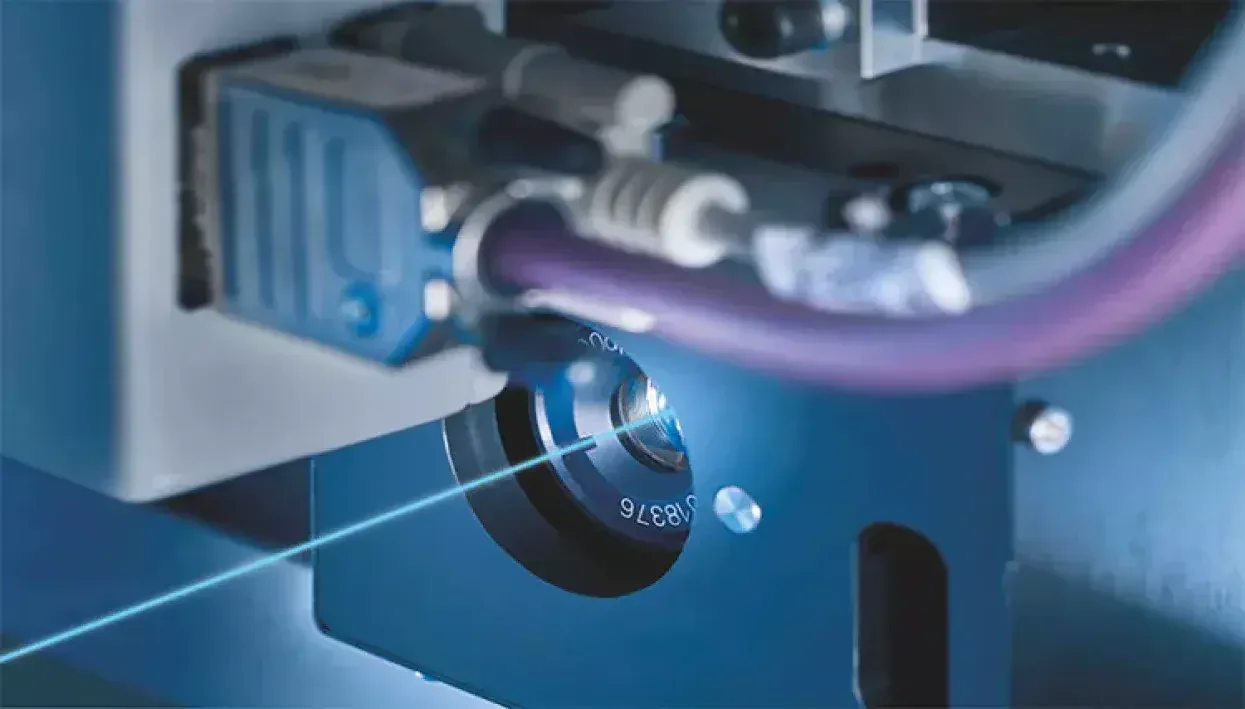Screen Printing
Computer to screen: making the right choice
Author
FESPA Staff
Published Date
12/07/2019
Become a FESPA Member
to Continue Reading
